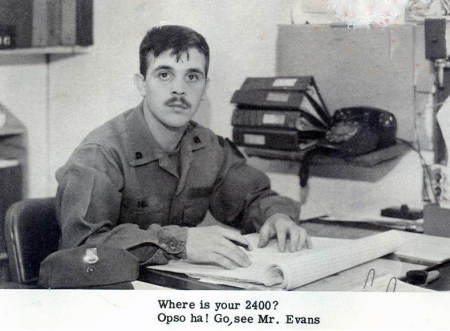ABOUT 42nd ambulance
- Origins in World War I: The 42nd Ambulance Unit traces its origins to World War I, where it was initially formed to provide front-line medical support during some of the most intense battles on the Western Front.
- Part of the Rainbow Division: The unit was attached to the famed 42nd "Rainbow" Infantry Division, a division renowned for its diverse makeup and major role in key offensives in France.
- First Motorized Ambulances: The 42nd Ambulance was among the first to experiment with motorized ambulances, replacing horse-drawn carriages to speed up the evacuation of wounded soldiers.
- Decorated for Bravery: Members of the 42nd Ambulance received several commendations for bravery under fire, often risking their lives to evacuate the wounded from the battlefield.
- Use of Field Hospitals: The unit pioneered the use of mobile field hospitals, setting up surgical tents close to the front lines, a practice that saved countless lives.
- WWII Reactivation: The 42nd Ambulance was reactivated for service in World War II, once again serving in major European campaigns and adapting to new medical technologies.
- Famous Members: Several unit members went on to become prominent surgeons and medical innovators after the war, contributing to civilian medicine.
- Humanitarian Missions: After both World Wars, the 42nd Ambulance was deployed in humanitarian missions, providing care to civilians affected by war and disaster.
- Innovations in Triage: The unit helped develop modern triage systems, prioritizing casualties based on severity, a practice now standard in emergency medicine worldwide.
- Legacy of Service: The 42nd Ambulance's traditions continue today in modern military medical corps, with its legacy honored in annual remembrance ceremonies and military museums.

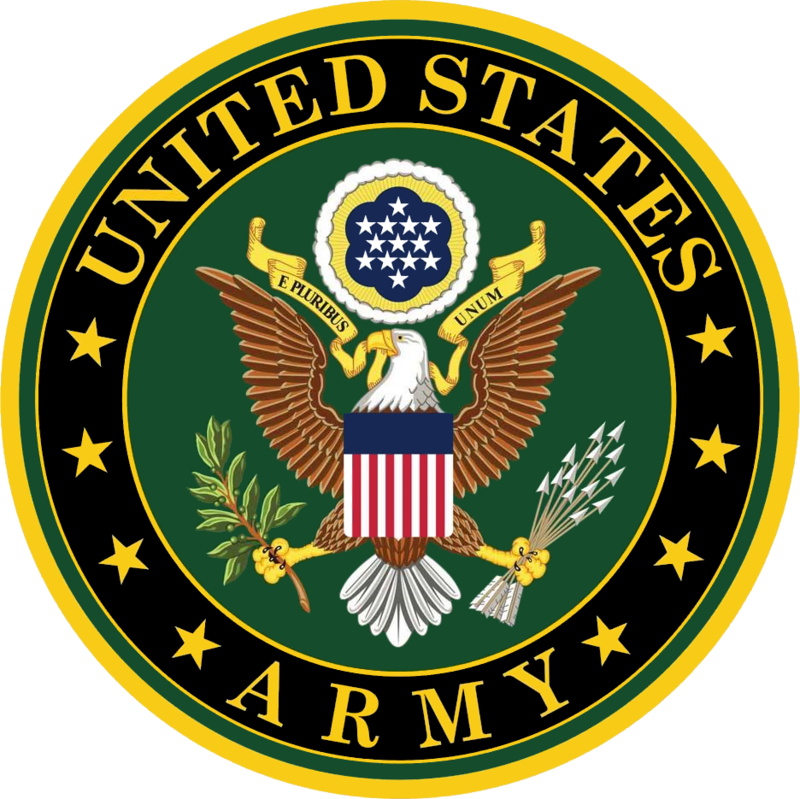
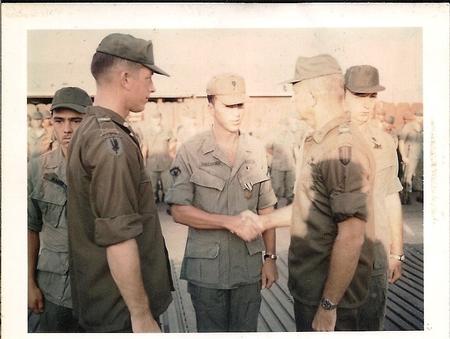
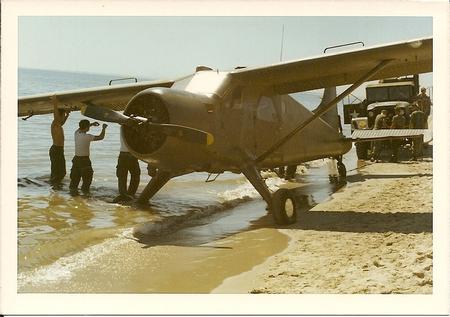

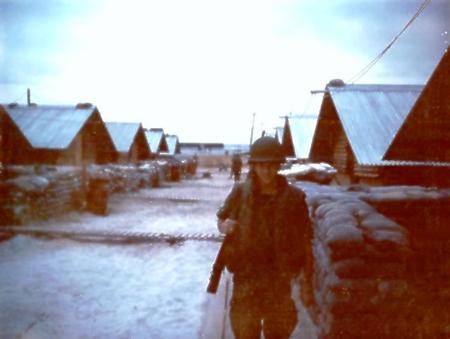
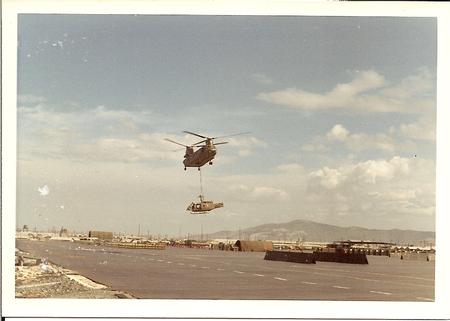
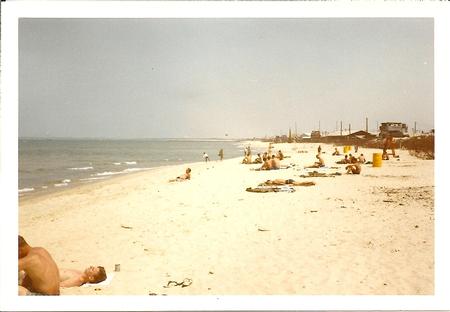
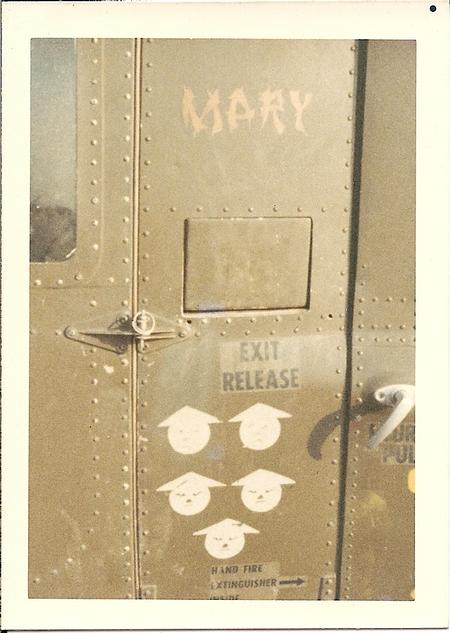

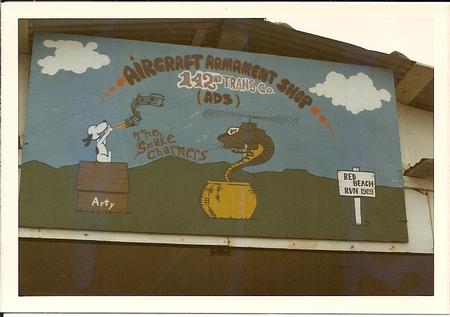

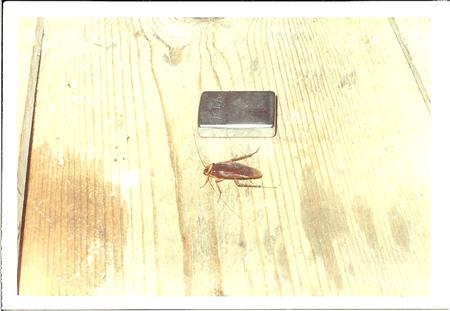
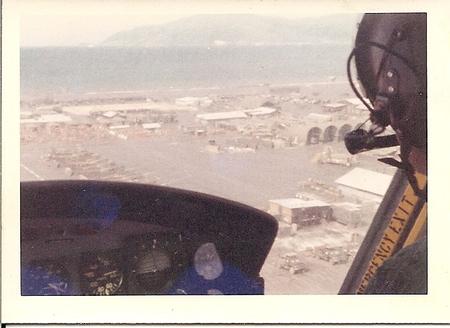
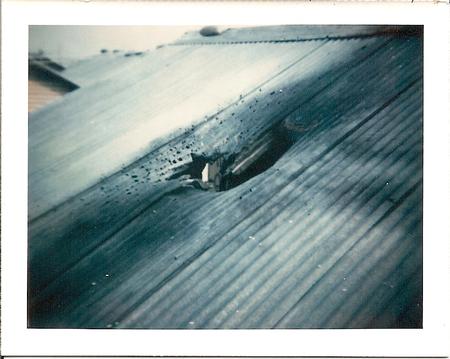
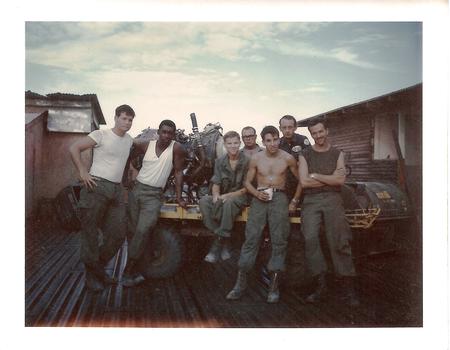

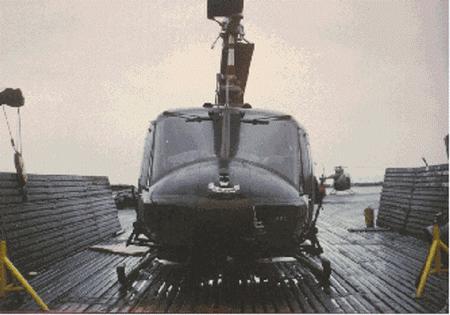















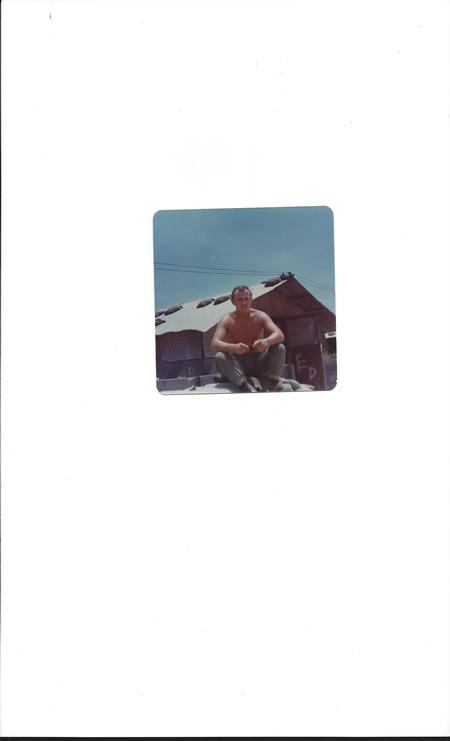
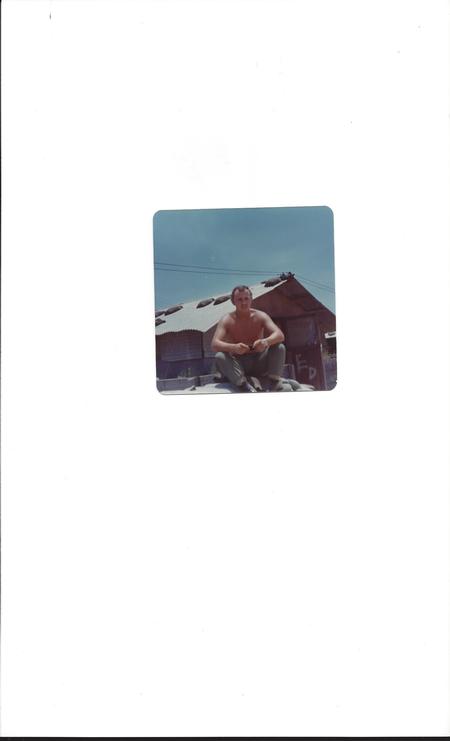



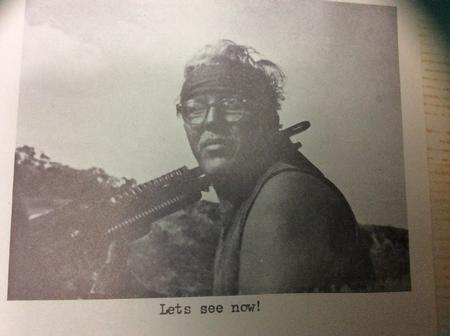
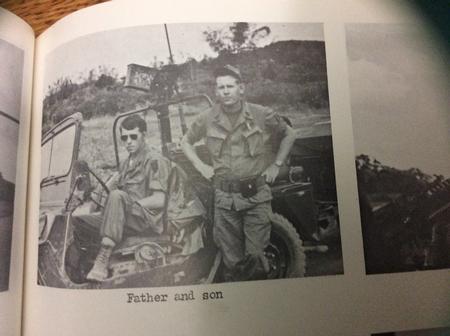
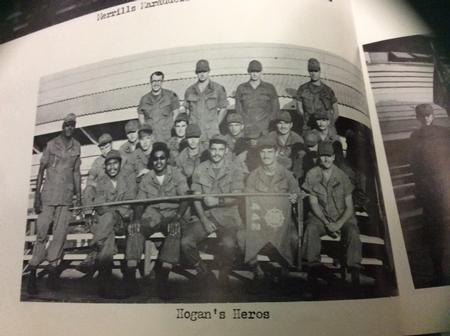
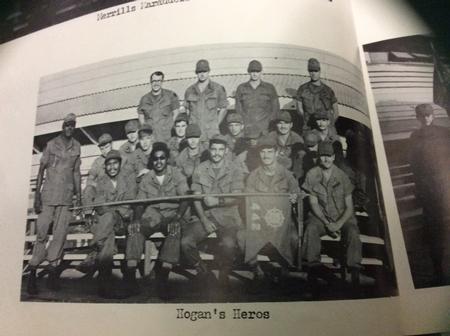
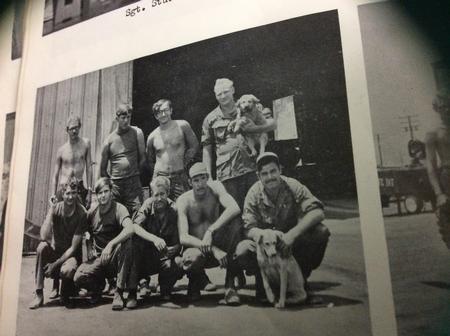

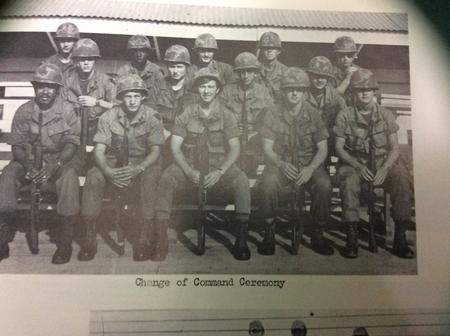
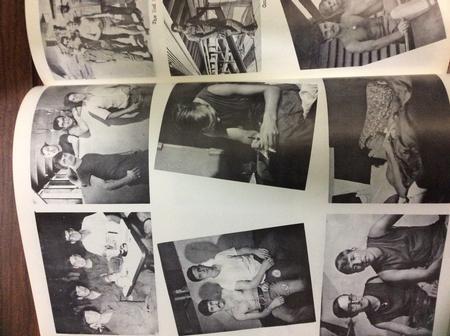
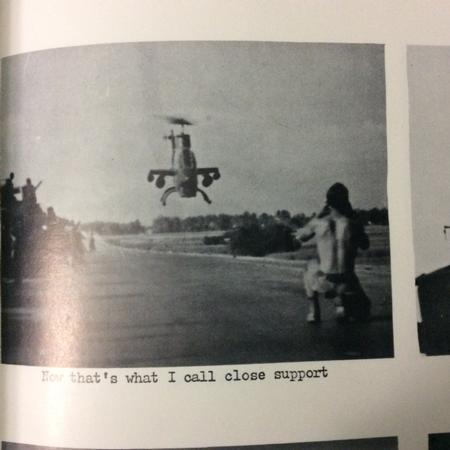
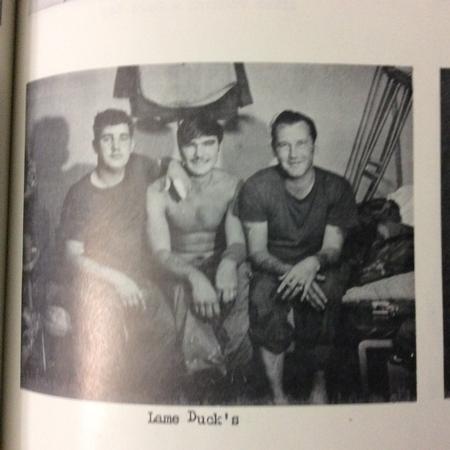
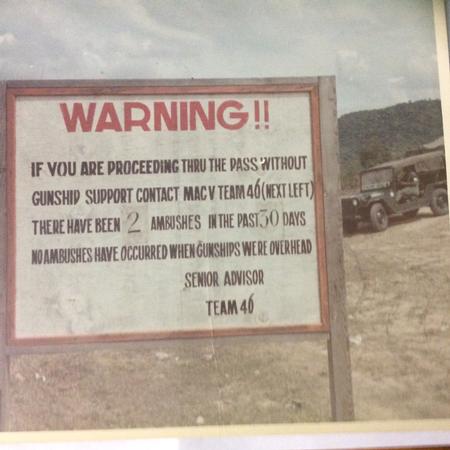
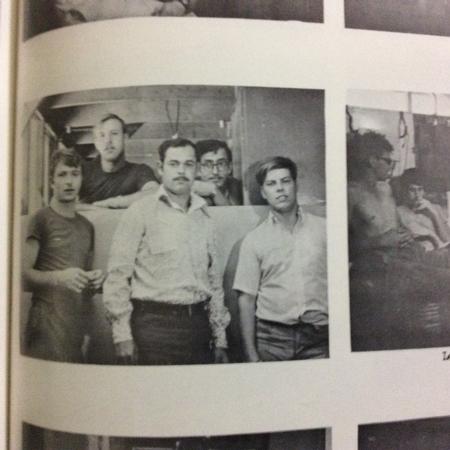
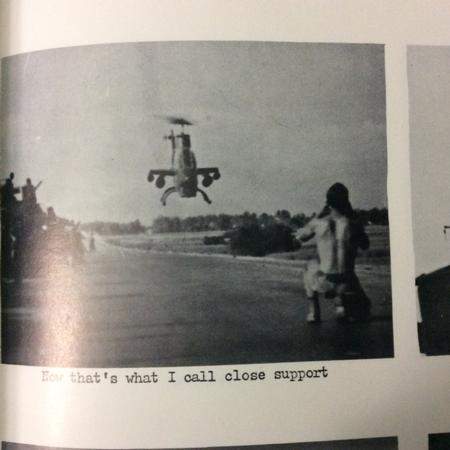
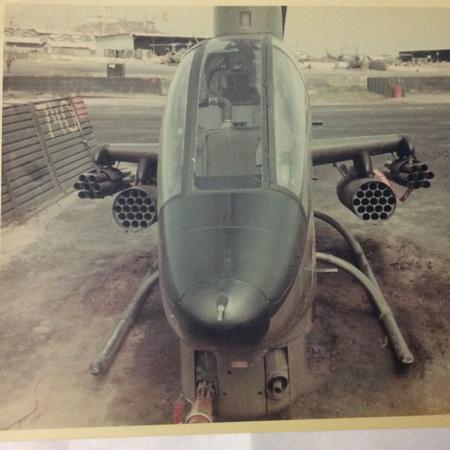
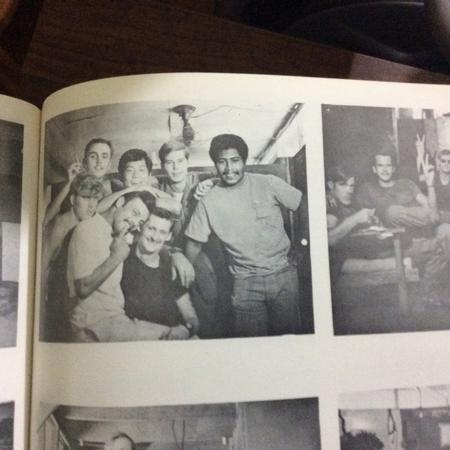
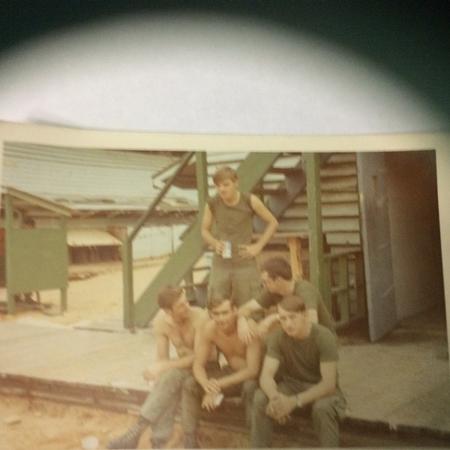
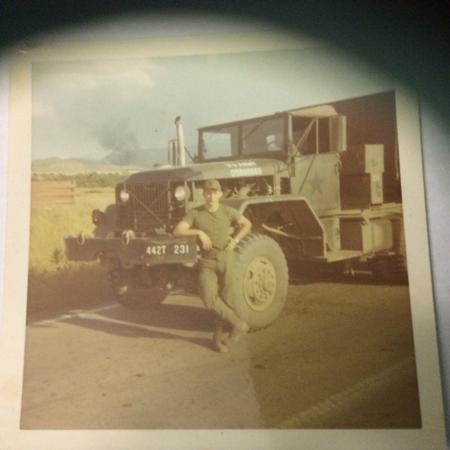
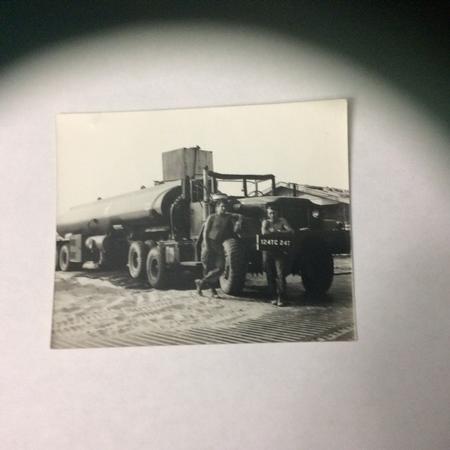

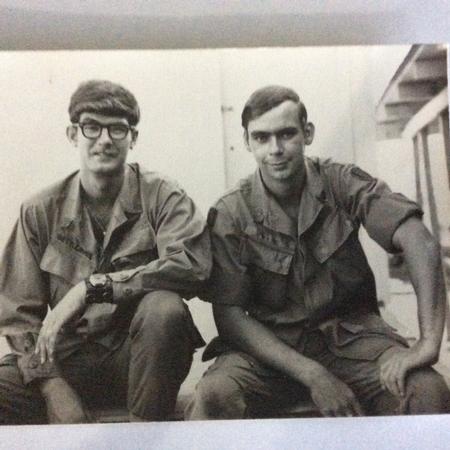
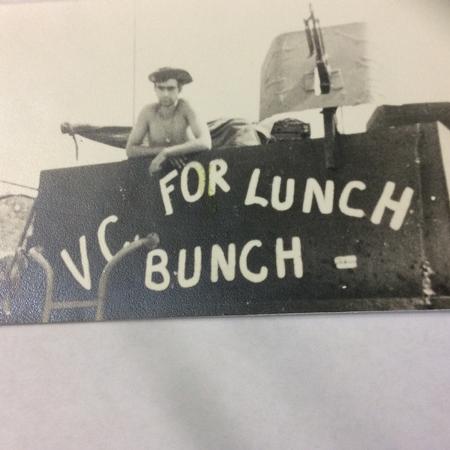




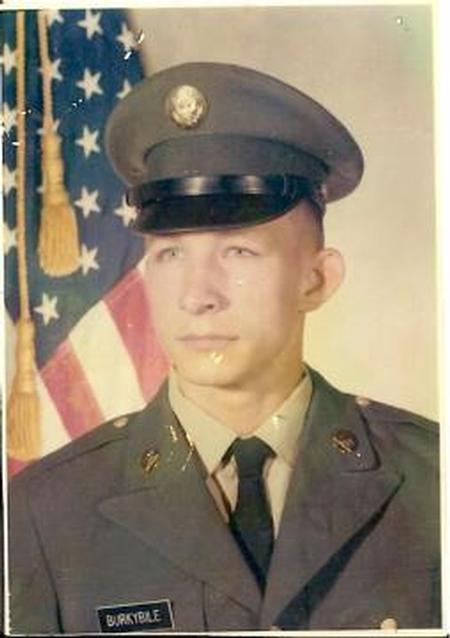







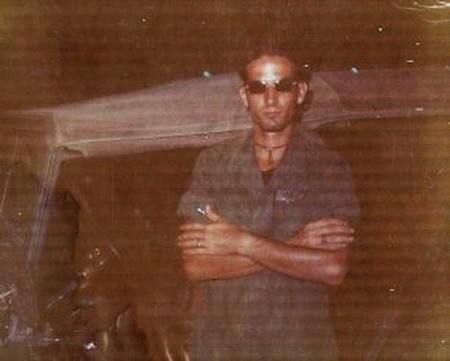
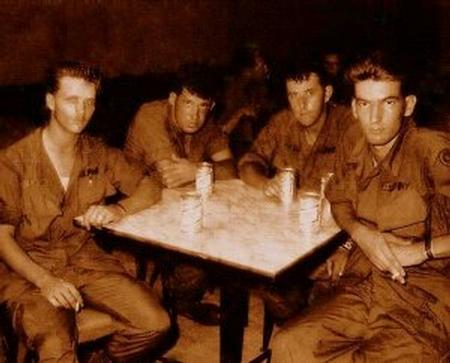


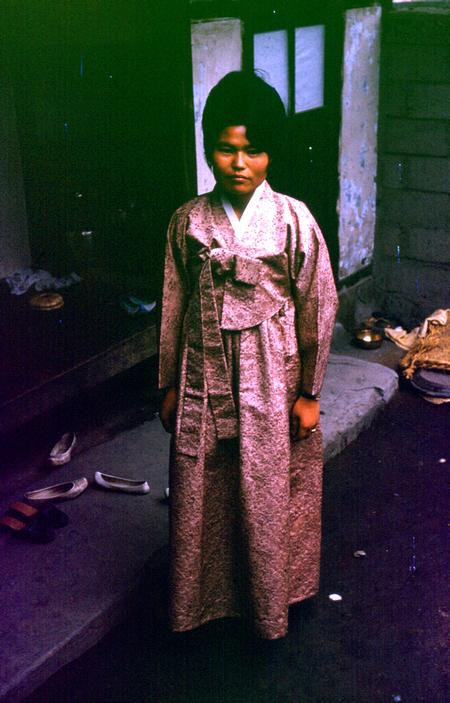
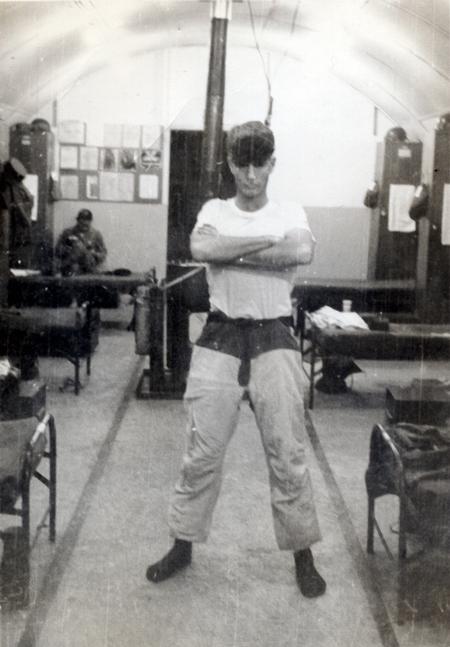
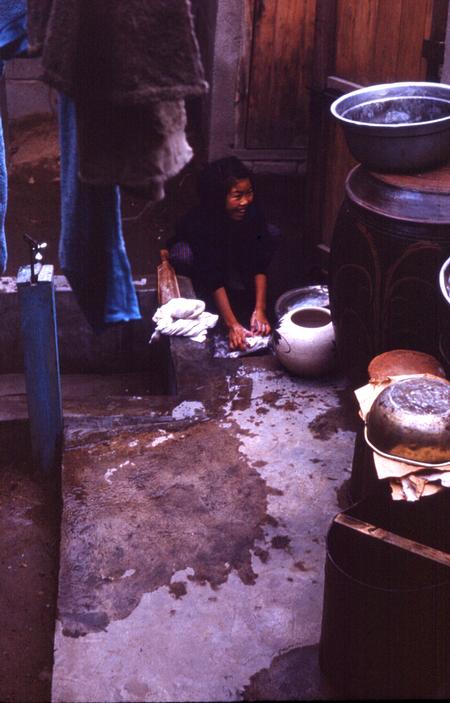
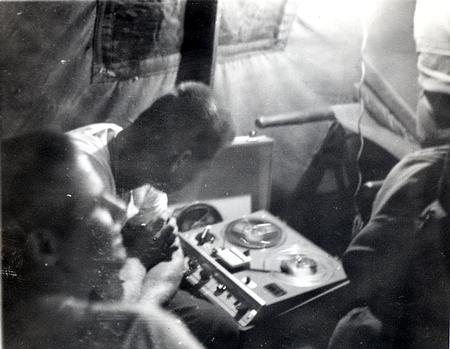
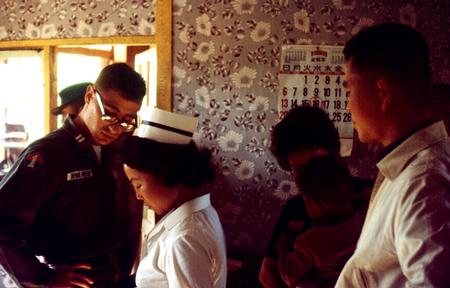
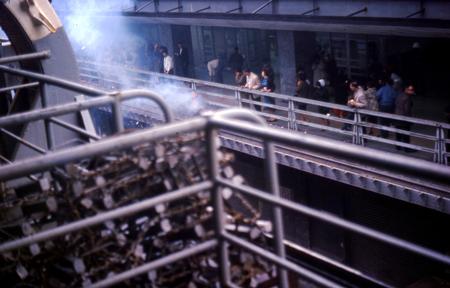
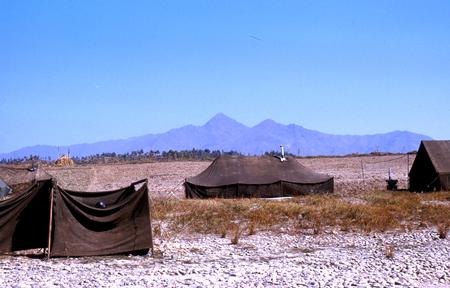
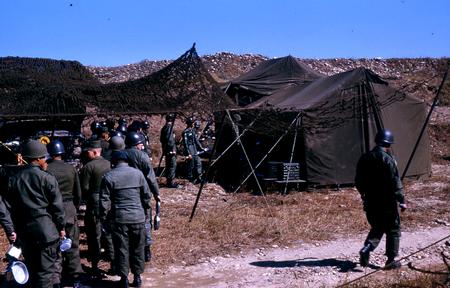
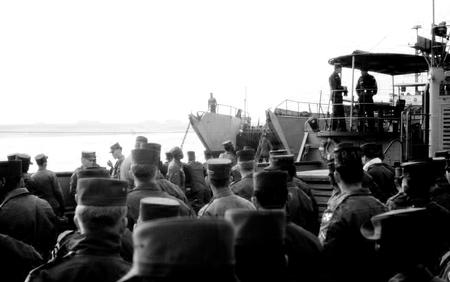
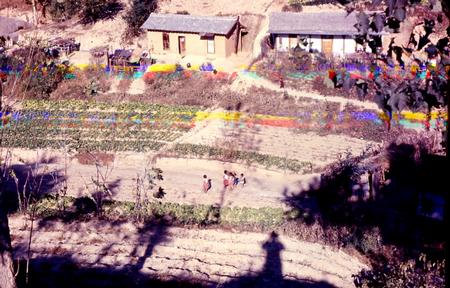
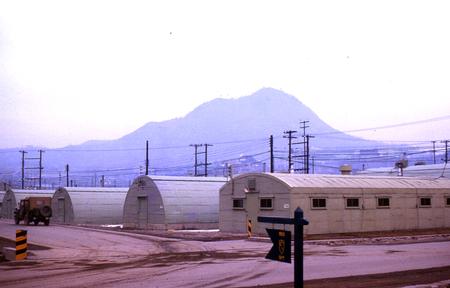
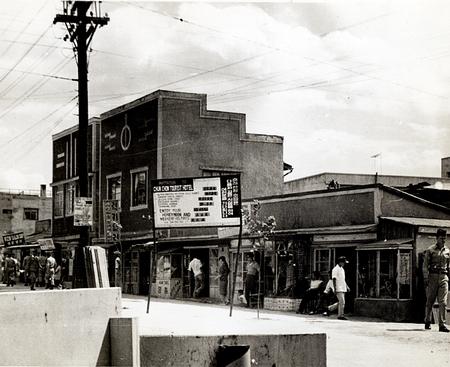
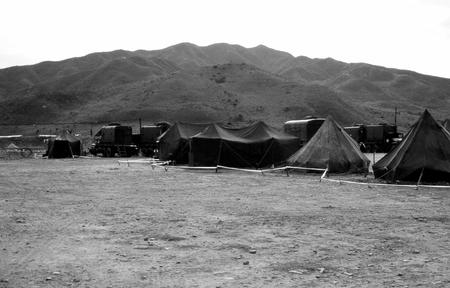
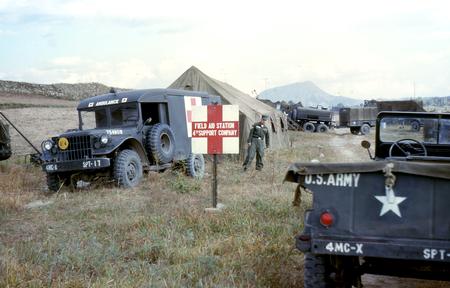
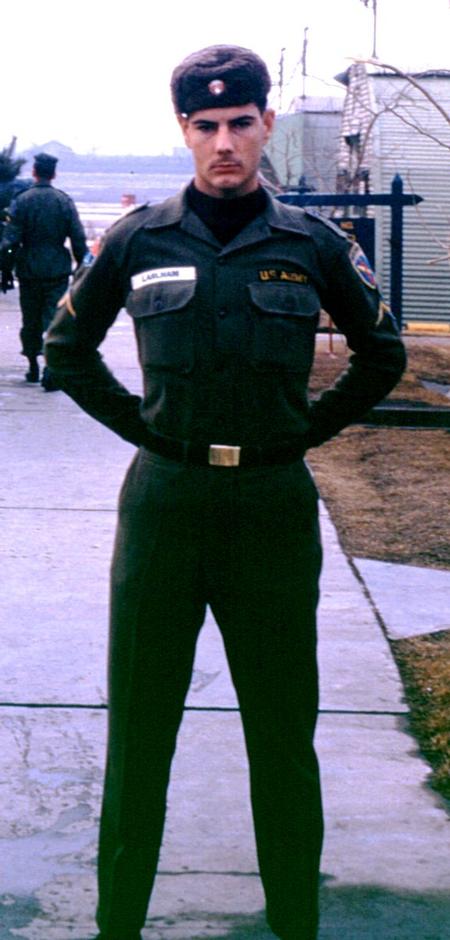
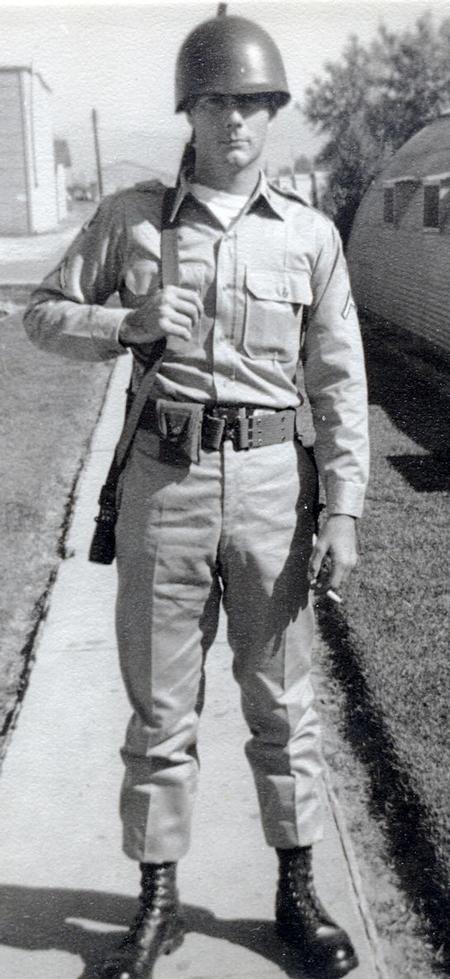
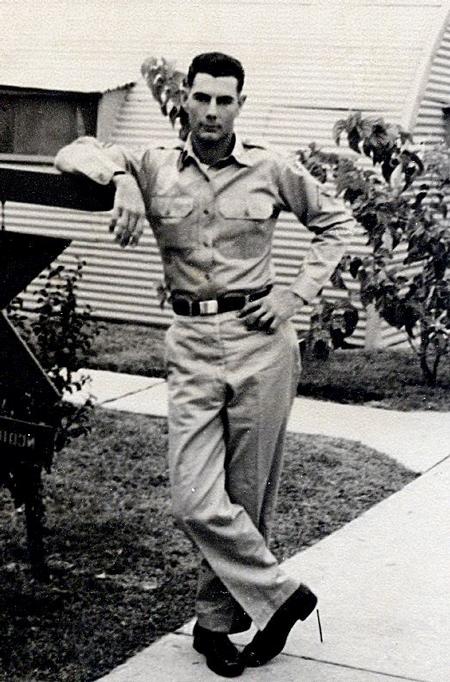

-Tubrick--27726.jpg)







































